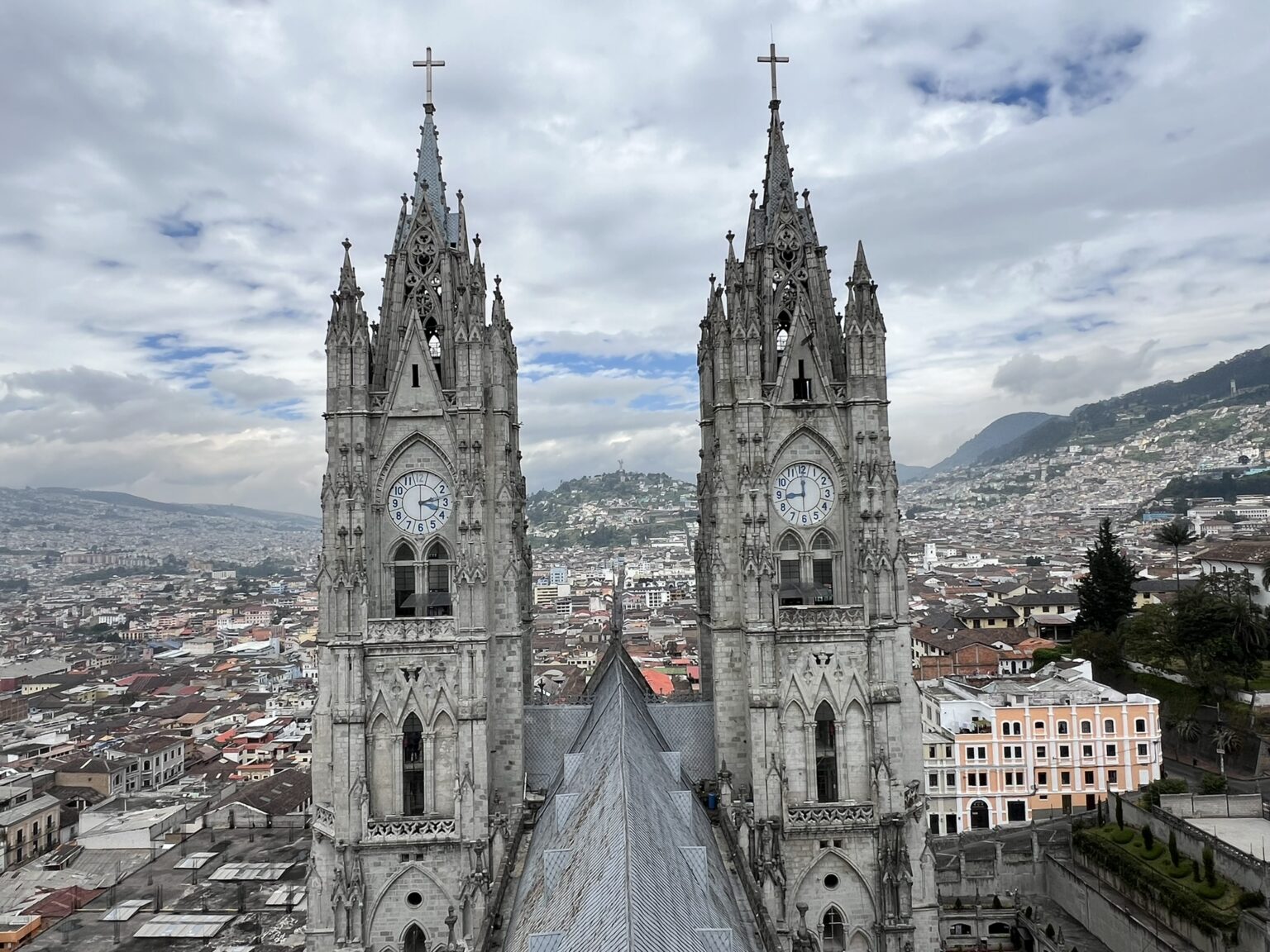Quito is the capital of Ecuador and located at the equator line in the Andes highlands. We visited the city’s UNESCO Historic Center and many more incredible areas in the surrounding mountains.
Best Thing I Ate This Week
Locro de papa at Hasta La Vuelta Senor!
Hasta La Vuelta Senor! is located in the UNESCO Historic Center of Quito across from Plaza Grande. It occupies the top floor of an interior courtyard in the Palace of the Archbishop where you can shop for souvenirs, try traditional Ecuadorian products, or dine at one of the restaurants. We were recommended Hasta La Vuelta Senor! because it is known for its traditional Quitena food (food from Quito), and we chose to visit because it would be an excellent way for us to sample Ecuadorian cuisine.
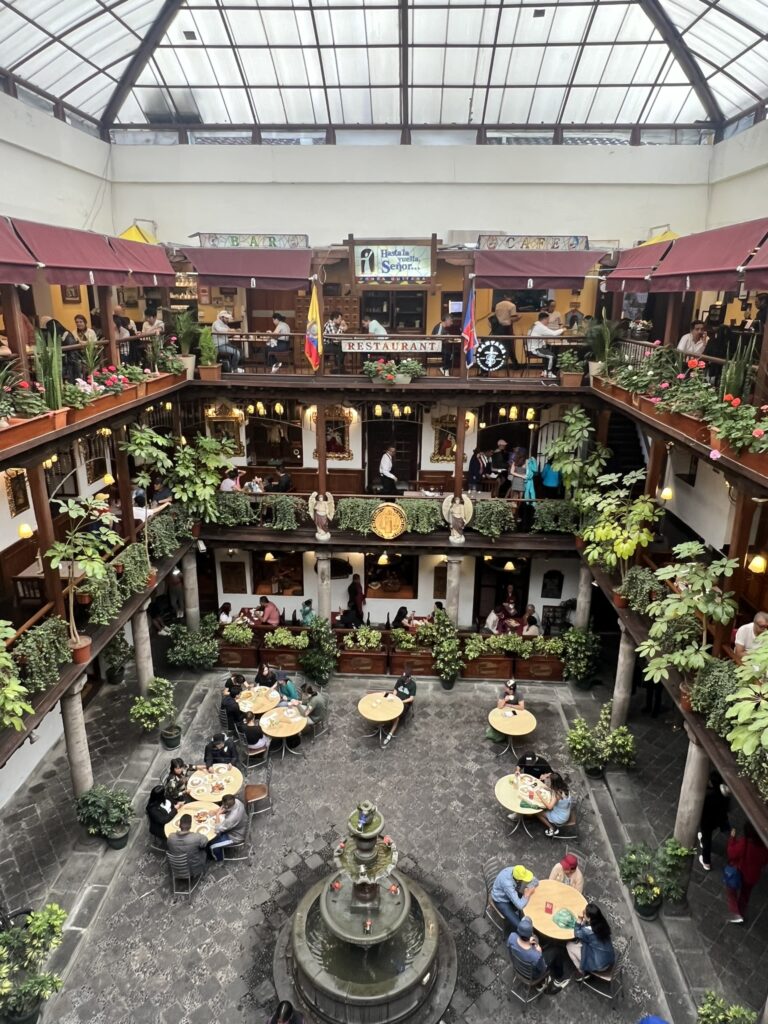

When we arrived for lunch the restaurant was bustling with numerous Ecuadorian families that were out for a nice weekend meal. The staff that showed us to our table was very welcoming and a musician was playing songs that made for a nice dining atmosphere. On the menu, there was a story about the legend of Father Almeida which is how the restaurant picked its name.
We decided to order Locro de papa, the most popular dish in Quito, and also a Tablon Quiteno which included the most popular appetizers from the region.
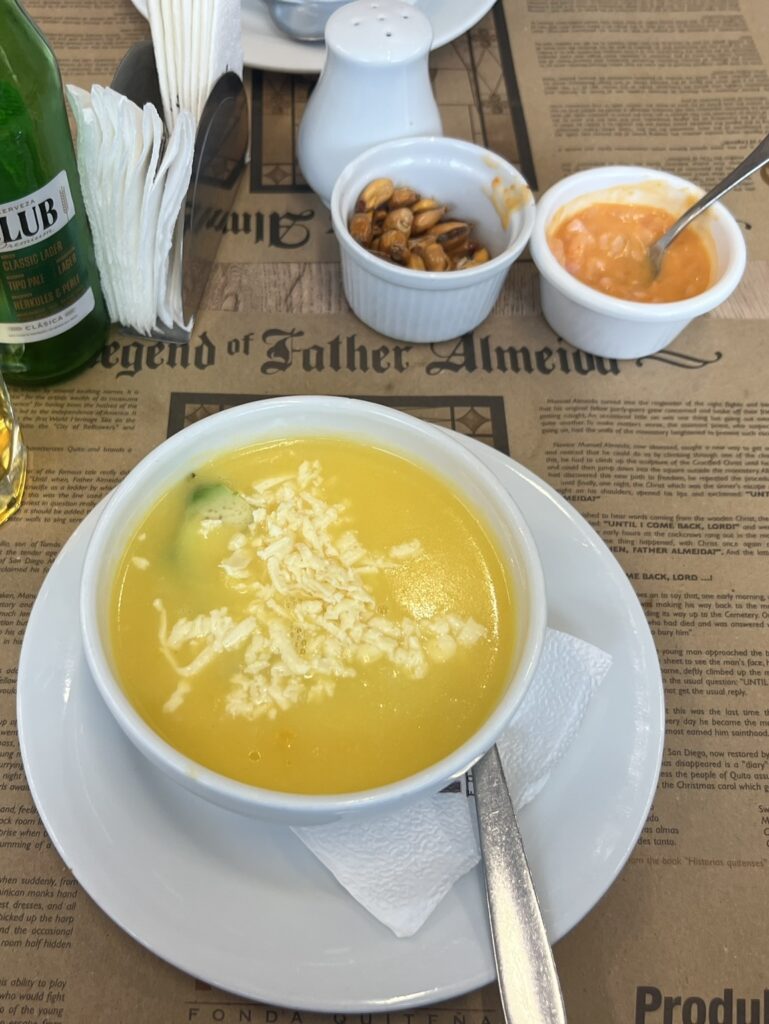

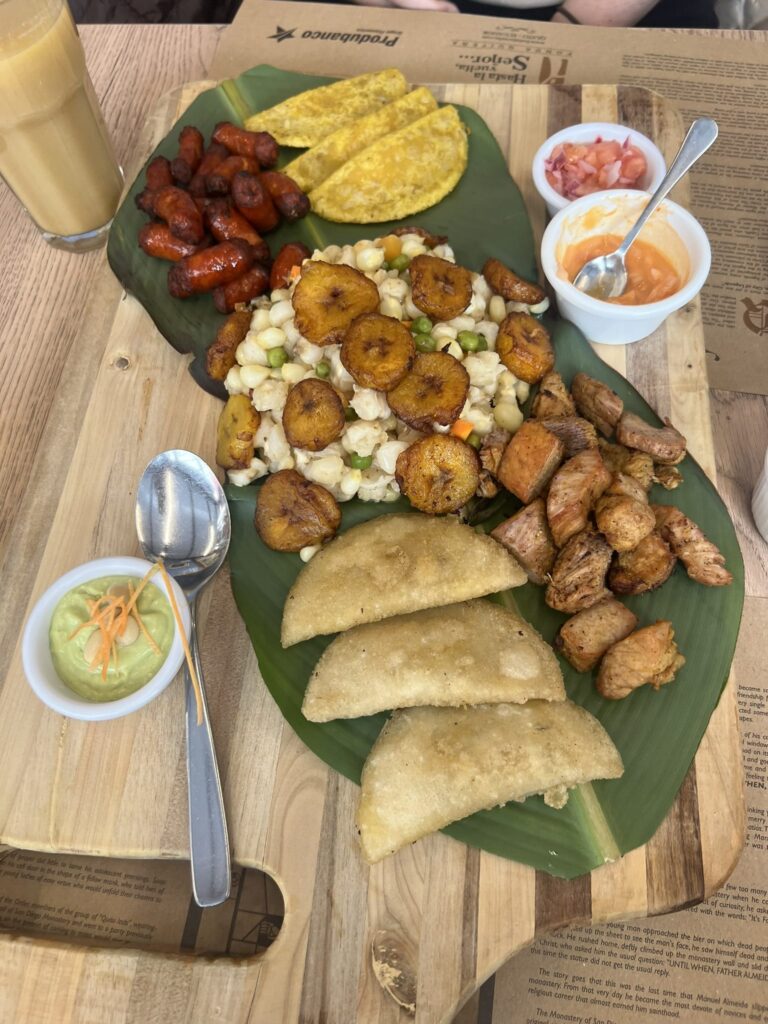

The Tablon was delicious and allowed us to try empanadas de morocho (white corn empanadas), empanadas de verde (green plantain empanadas), choclo mote (corn), maduros (sweet plantains), and local meat. It was so much food that we had plenty of leftovers for later. As good as the Tablon was, the Locro de papa was even better. This hearty soup is made with creamy potatoes accompanied by Ecuadorian cheese and avocado. It was a perfect soup to be enjoyed up in the highlands and one that I plan to continue eating while visiting the Andes of Ecuador. The flavor was so good! I may need to get the recipe so I can make it at home after our visit to Ecuador is completed.
An Interesting Fact I Learned
The true equator line is at Museo Sitio Intinan, not Monumento Mitad del Mundo
The Mitad del Mundo (middle of the world), also known as the equator, runs through the country of Ecuador and in particular the city of Quito. Based on the Earth’s curvature this means that it is the place where you are closest to the sun. Because of this Chimborazo, the highest point in Ecuador, is actually closer to the sun than Mount Everest, even though Mount Everest is the tallest mountain as measured from sea level. During our visit we learned that the pre-Incan populations in Ecuador were experts of the solar system and knew that they were living at the center of Earth. When the Incas arrived in Quito, they took this knowledge of the solar system and brought it back to their capital of Cusco.
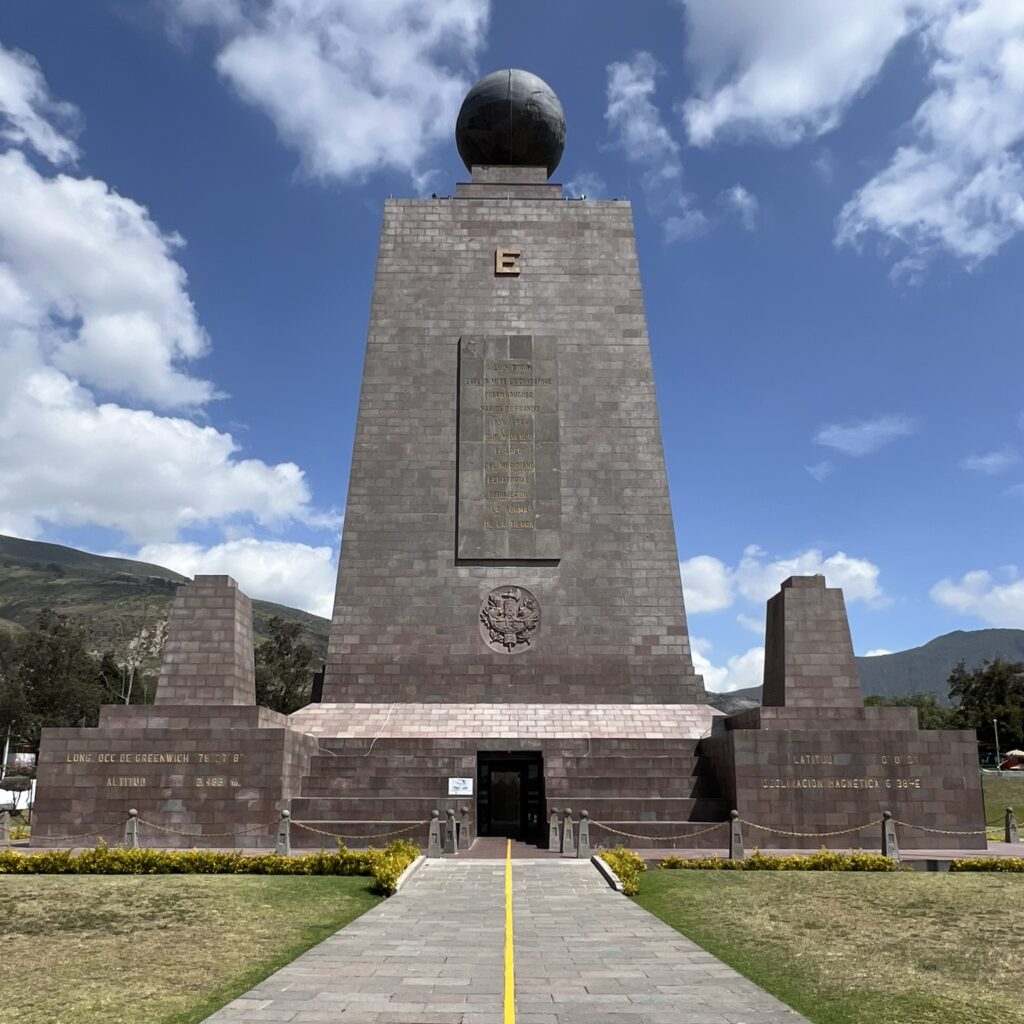

All of this occurred well before the French Geodesic Mission established the equator point in the 1700s. In commemoration of this mission, the Monumento Mitad del Mundo was built and now serves as a top attraction for visitors to Quito. It is a fun place where you can take photos straddling a line to show you are in the northern and southern hemispheres simultaneously. Within the monument there are exhibits about the native Ecuadorian populations and history of the site. Around the monument there are shops, places to eat, and replica structures representing the pre-Hispanic times.
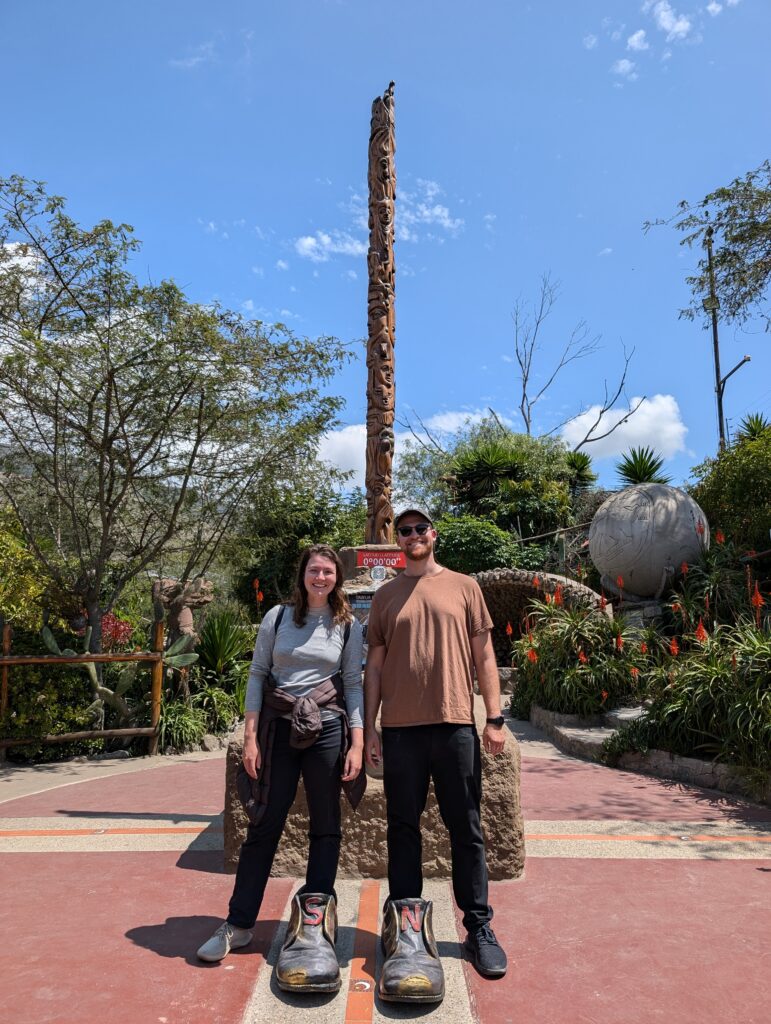

While all of this is impressive and worth the visit, many people do not realize that this monument is technically not the true equator line. More recently the U.S. government used modern GPS technology to establish the real equator line approximately 250 meters away from the Mitad del Mundo at Museo Sitio Intinan. At this museum you will find a much smaller equator line display, which is also fun for taking true pictures of your feet in both hemispheres simultaneously. There is also a guided tour included in the price of your entry where you can learn a little about the pre-Hispanic people of Ecuador and take part in some unique science demonstrations (that may or may not be totally accurate).
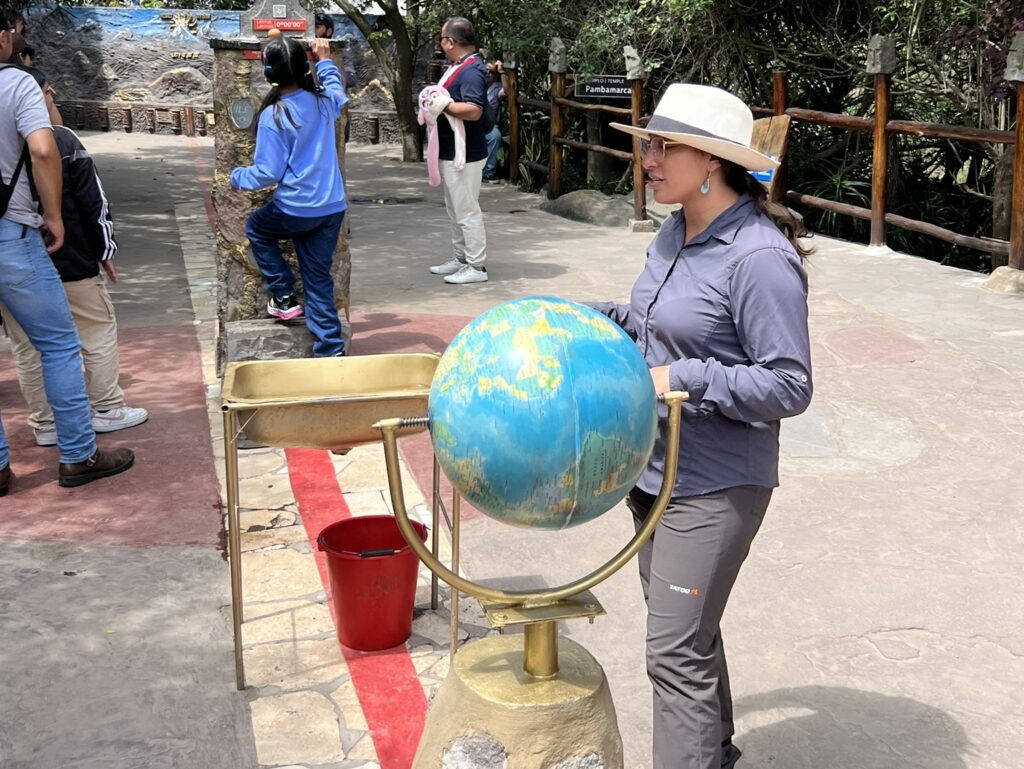

My Travel Tip of the Week
Quito’s Centro Historico is wonderful to visit on weekends
In 1978 Quito’s Historic Center was the first city declared as a World Cultural Heritage Site by UNESCO. The Spanish founded the current city in the 16th century on top of an indigenous settlement. Today Quito is the best preserved and least altered historic center in Latin America. When we were planning our visit to Quito we had read online that the city was very dangerous, including the historic center. Upon arriving in Quito we talked with a handful of people who spoke very highly of the historic center and highly recommended that we go for a visit.
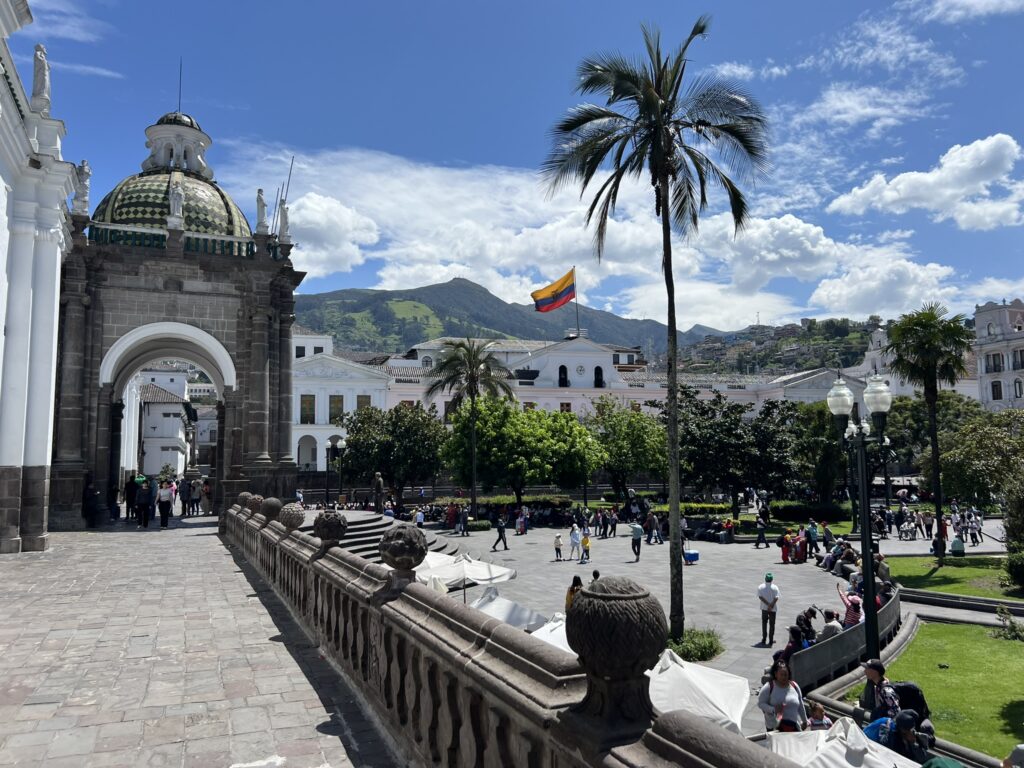

Based on our schedule the first opportunity that we had to visit the historic center was on a Sunday. In Rio de Janeiro we visited the downtown on a weekend and it lacked people as well as energy. You can read more experiencing the culture of Rio de Janeiro here. We were a little worried it would be the same in Quito but upon arriving we were greeted with large amounts of Ecuadorian families throughout the neighborhood.
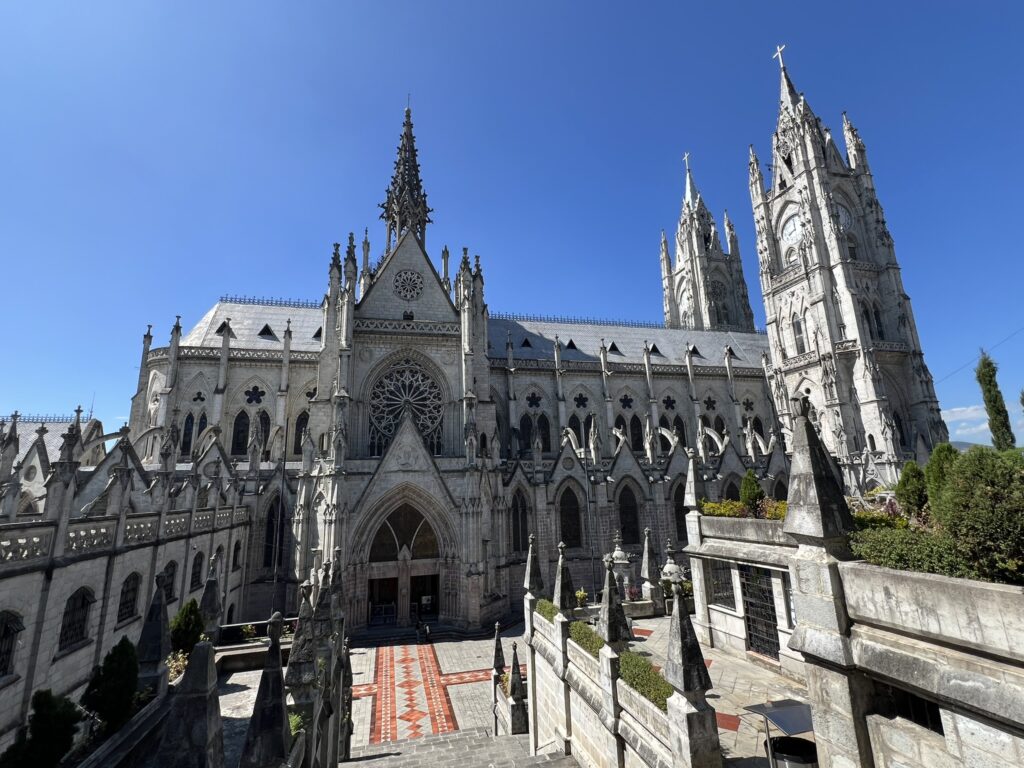

The Ecuadorian families included young children playing in the plazas and grandparents socializing on public benches. There were street vendors throughout the area where people were buying traditional snacks and all of the beautiful colonial churches were bustling with families attending mass. It was one of the most lively historic centers we have visited and it was nice to see so many people of all ages enjoying this beautiful area. We felt completely safe and were able to visit many unforgettable highlights throughout the neighborhood. This included the magnificent Basílica del Voto Nacional, Plaza Grande, Catedral Metropolitana de Quito, Iglesia de la Compania de Jesus, Plaza San Francisco, and Calle La Ronda among many others.
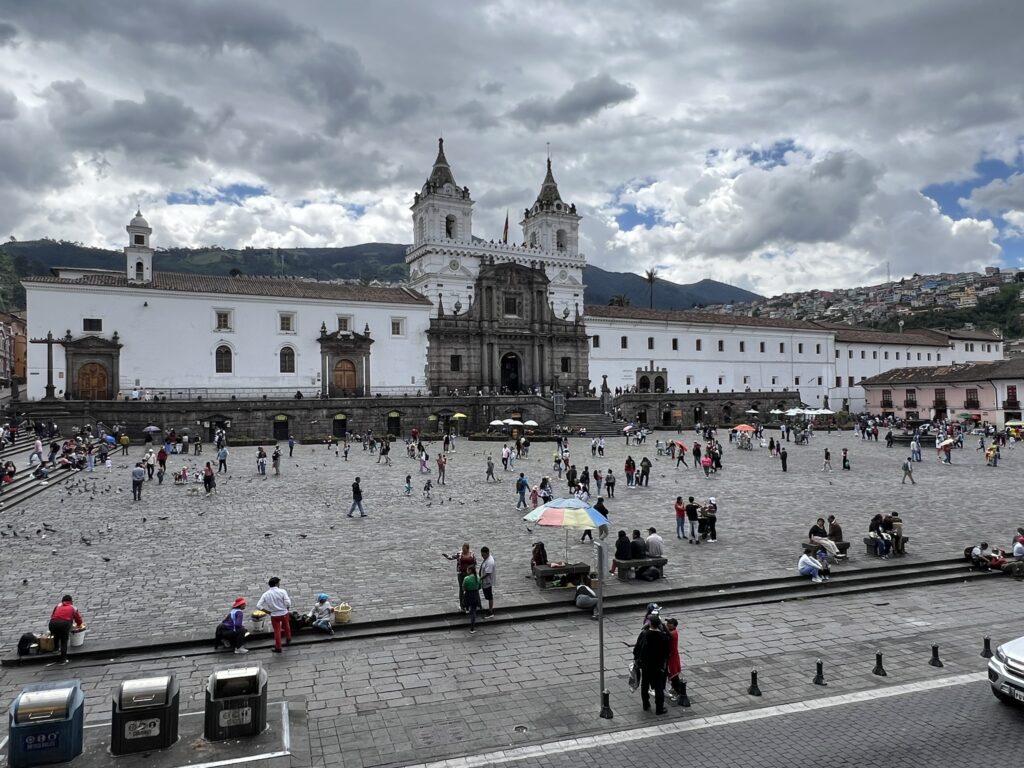

At the end of our wonderful day exploring the area, we were told by many people to take the newly opened metro train line back to the neighborhood we were staying. They had so much pride in their first train line and it was impeccably maintained. This public transportation made it seamless to reach the historic center and likely contributed to the large number of people who could now easily access the area. The train dropped us off at Parque Carolina which is located within our favorite neighborhood that we stayed in Quito, La Carolina. If you have the chance to visit Quito and are able to go to the historic center, try to do so on the weekend to see the city alive with people.
My Additional Anecdote This Week
There is so much to do in Quito and the surrounding area
Quito is located in the Andean highlands of Ecuador, which Ecuadorians refer to as the Sierra region of the country. It was the third region we visited in addition to the Galapagos and Amazon. We hope to be able to visit the fourth and final distinct region of the country along the Pacific Coast in the future. For this visit we were incredibly impressed with Quito as a city with the diverse activities it offered but also the surrounding Andes area.
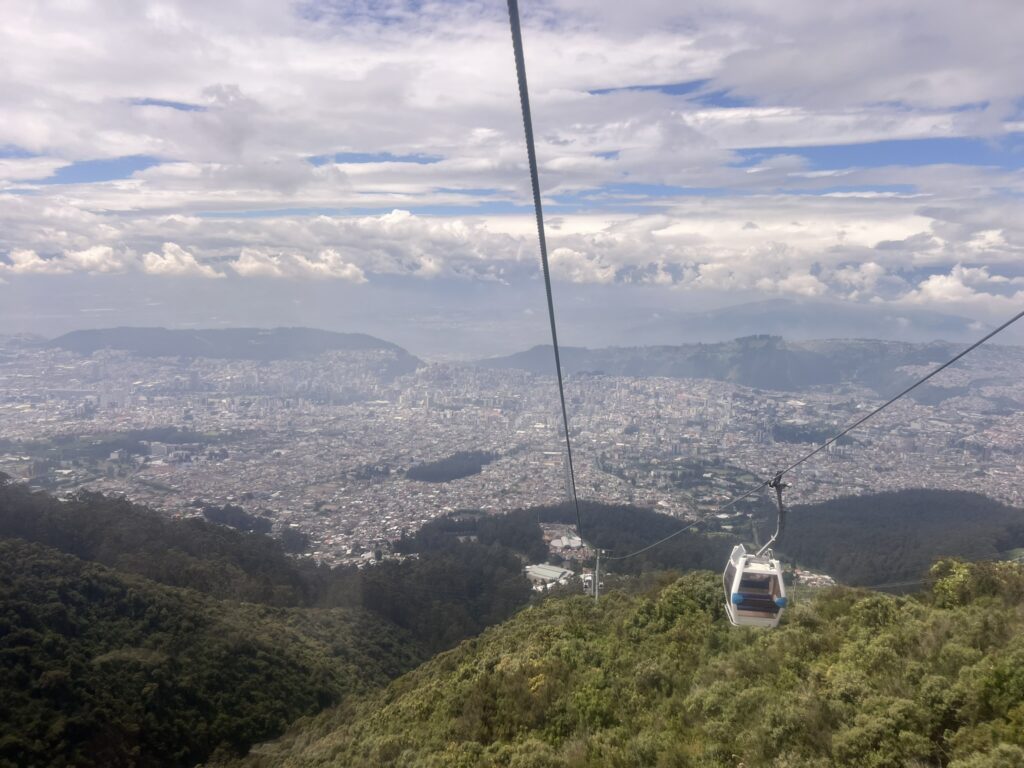

In addition to visiting the historic center and equator attractions, we were able to enjoy some of the natural beauty of the city. We took the TeleferiQo to an elevation of nearly 4,000 meters (over 13,000 feet) and although we didn’t have time to do the Ruta del Rucu Pichincha hike to Piedra de Aguila we were able to see incredible views of the city in the valley below. Another great viewpoint we visited in the city was Virgen del Panecillo which is a monument 41 meters high (135 feet) making it far taller than Cristo de Redentor at 30 meters (98 feet). From the monument there is an amazing view of the historic center of Quito. One other memorable place in Quito we visited was Parque Carolina, a lush green park in the north part of the city. Whenever we visited the park people were taking advantage of all it had to offer such as pedaling the small boats around a pond, playing in the playgrounds, and enjoying the workout areas.
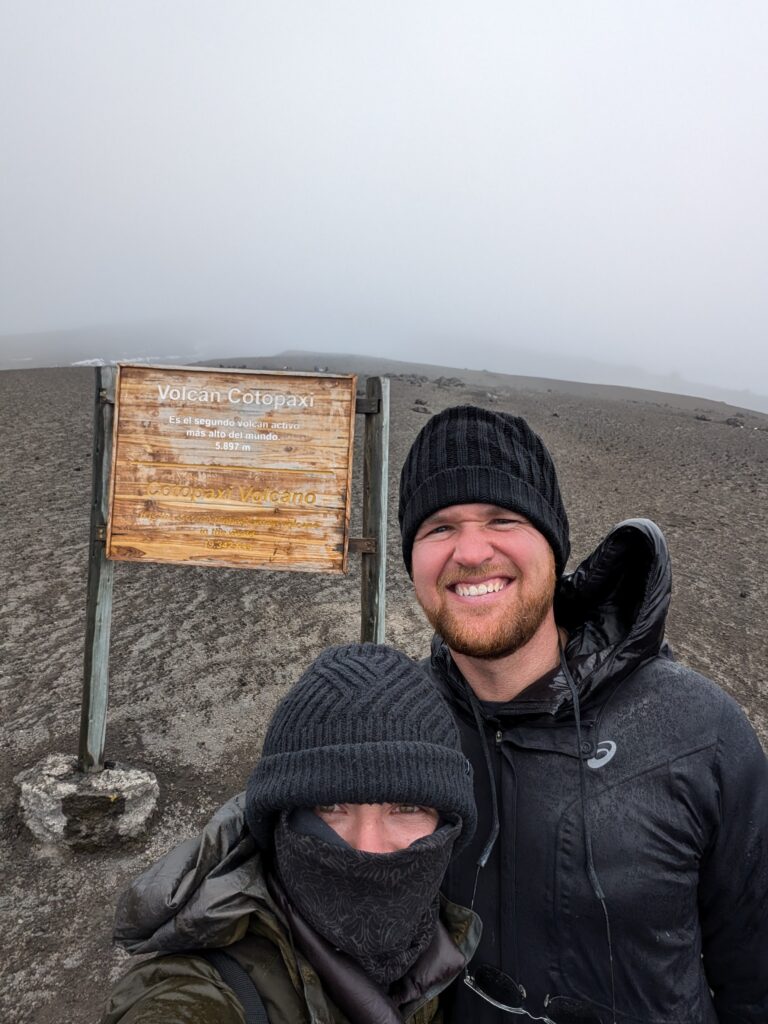

All of these places made for a more than enjoyable visit to Quito, but we also learned of so many incredible attractions in the surrounding Andes region. During our visit we had time to visit the most famous one Parque Nacional Cotopaxi but unfortunately due to inclement weather we were never able to fully see the amazing volcano that towers over the national park. A more successful trip we took was to Termas Papallacta, a spa and pool area built with geothermal waters from the nearby volcanoes. The pools were located in a tranquil setting among green mountainous hills extending all around it. Each pool had a different temperature and all were filled with nutrient rich waters that were said to be very healthy for muscles and bones.
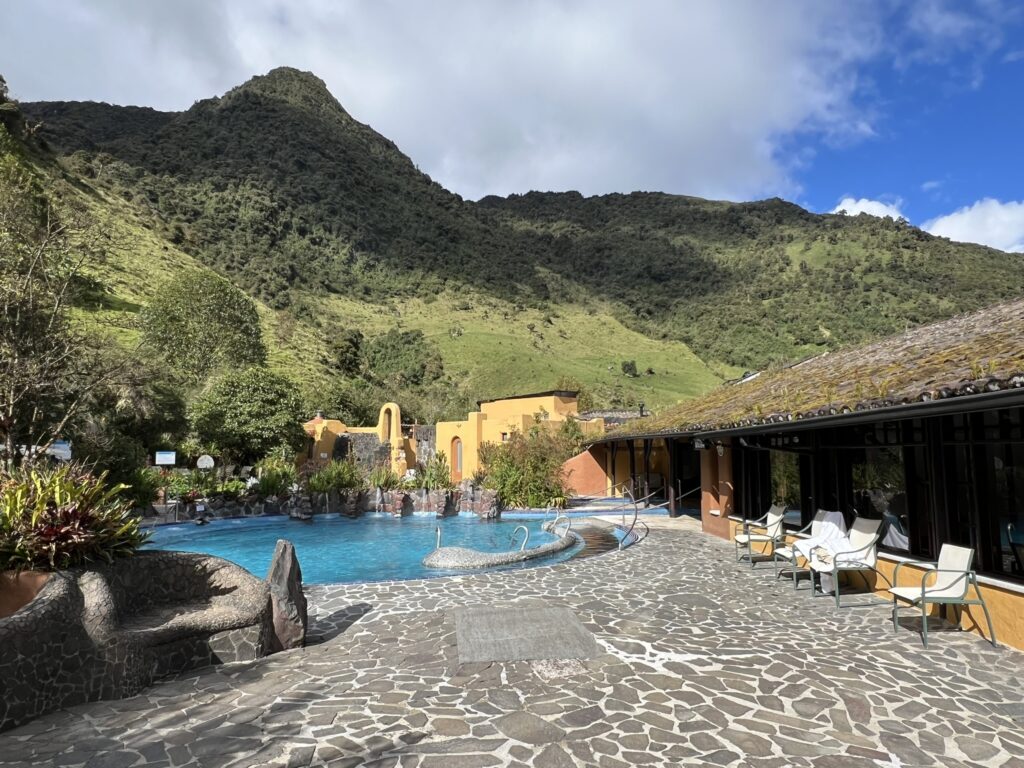

Outside of these two great experiences there were many more that we considered going to but did not have time such as:
- Otavalo: a small town north of the city that has a massive indigenous market on Saturdays
- Mindo: located in a cloud forest to the north that has amazing wildlife
- Laguna Quilotoa: a giant crater lake to the south with great hiking,
- Banos de Agua Santos: an adventurers paradise located to the south
- Route of volcanoes: stunning road trip and great hikes among towering volcanoes
These attractions are among many other wonderful sites that we would have liked to visit nearby Quito but hope to be able to return to in the future.
How to Follow Our Travel:
We are actively posting on Instagram with more candid stories and updates about our travel.
If you want to get a weekly email of our latest blog postings, sign up below!
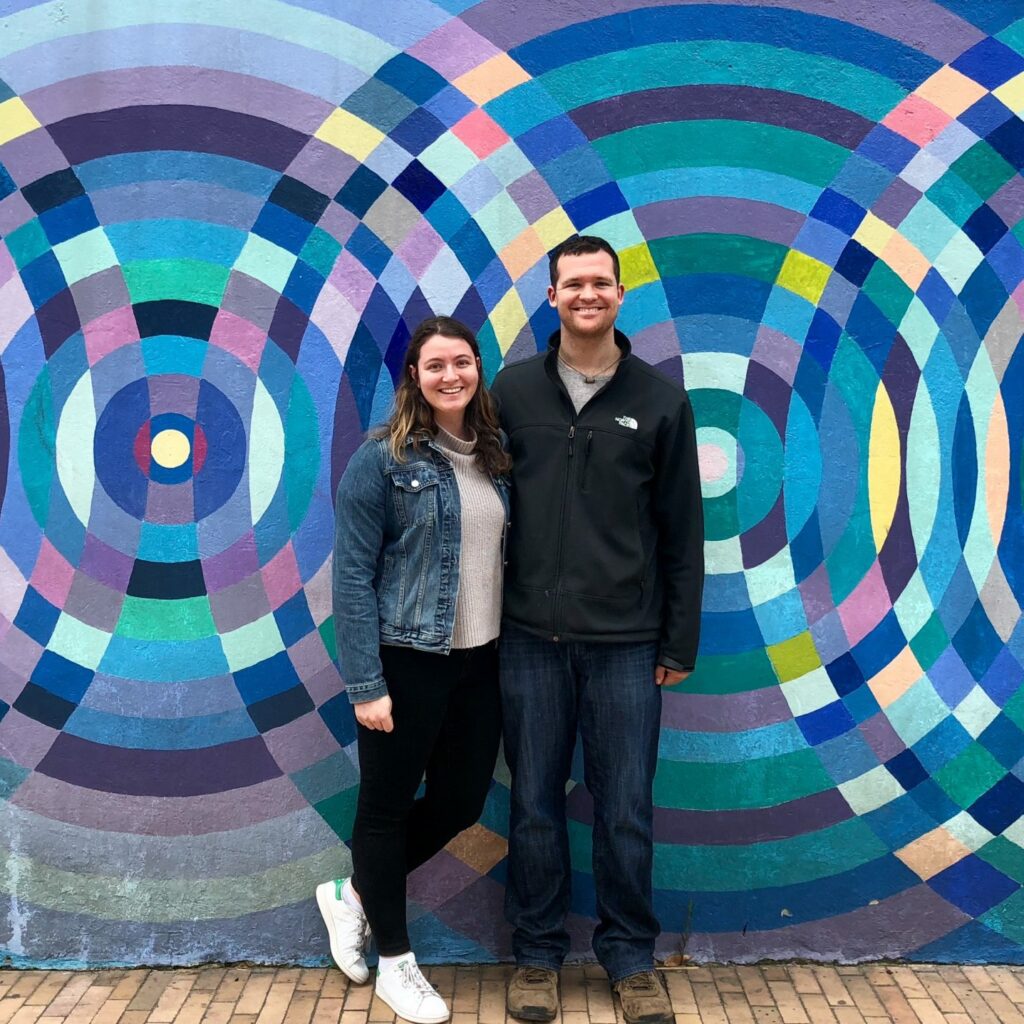

Hi! We Are Kevin and Melina!
We are Kevin and Melina, two avid travelers who have decided to take our hobby of traveling into our new lifestyle.
Follow along as we show you the highs and lows of planning, coordinating, and executing travel to help you make the most of every travel adventure.

